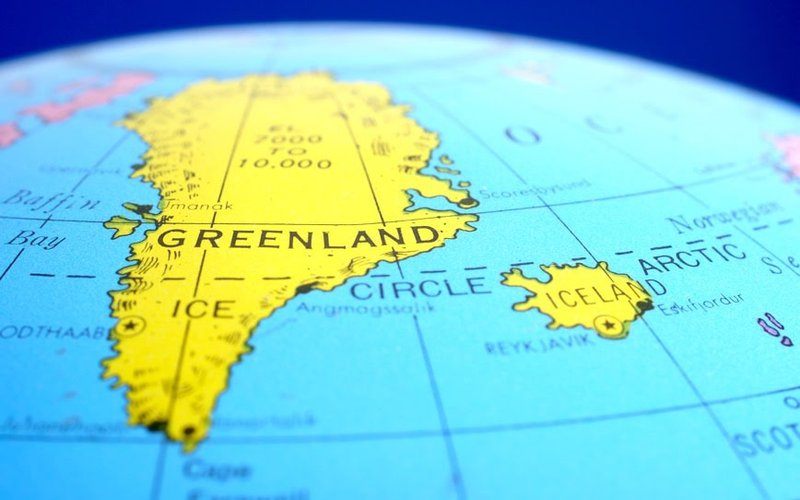More than 250 mining companies holding 700 project licences between them are already in the race to open Greenland.
This follows incoming US president Donald Trump saying he wants Washington to buy the world’s largest island.
US commentators have noted that controlling Greenland would help Washington solve its key critical metals problem.
Major interest
Big players now leading the race include Amaroq Minerals, with six projects including three for gold; Critical Metals Corp, with its Tanbreez rare earths project; and Greenhand Resources, with a large molybdenum project.
According to the European Commission in 2023, Greenland holds 25 of the 34 critical raw materials now listed by Brussels.
By contrast, Australia is a small player in Greenland, with one project stalled by Greenland government policy and another advancing slowly.
‘Make Greenland Great Again’
The president-elect has stated his belief that the Danish government should allow the US purchase, underlining that message with a statement headed “Make Greenland Great Again.”
Mr Trump has already sent son Donald Jr for a meeting with the government in the country’s capital, Nuuk.
Greenland Prime Minister Mette Frederiksen says that his country wants independence rather than a shift in leadership from Copenhagen to Washington.
However, he also stated that Greenland would work closely with the US—an indication that some deal is possible on issues including access to the country’s mining and energy resources.
Diverse mining wealth
A recent statement by the Geological Survey of Denmark and Greenland specified that critical metals are “likely product types in Greenland.”
These metals include antimony, baryte, beryllium, chromium, copper, feldspar, fluorspar, gallium, graphite, helium, heavy and light rare earths, lithium, molybdenum, nickel, niobium, platinum group metals, phosphate, silicon, strontium, tantalum, tin, titanium, tungsten, vanadium and zirconium.
Greenland also holds large resources of non-critical elements including zinc, gold, iron ore and uranium.
Legislative delays
The key issue at present is the delays being experienced by rare earth projects because they also include uranium, extraction of which the Greenland government banned in 2021.
This continues to be a headache for Energy Transition Minerals (ASX: ETM), which has been developing its Kvanefjeld rare earth deposit since 2007.
Kvanefjeld holds 1.1 billion tonnes at 1.1% rare earth elements but also contains uranium.
Energy Transition recently brought in former foreign minister Julie Bishop to advise on dealing with the Greenland government.
Ivigtut cryolite project
Australian company Eclipse Metals (ASX: EPM) moved into Greenland four years ago to take control of the mothballed Ivittuut (formerly Ivigtut) cryolite mine.
The project had previously produced rare earths, high-purity silica, fluorite and base metals.
Eclipse reported last month that work there had seen sample assays of “significant” gallium along with silver, copper, zinc and lead.
Long history
Washington has twice tried to buy Greenland, which Denmark has owned since 1721.
US Secretary of State William Seward sought to buy Greenland in 1867 at the same time the US purchased Alaska from Russia.
Then, in 1946, President Harry S. Truman unsuccessfully offered Denmark US$100 million for the colony.
The Americans also briefly occupied Greenland during World War II after German troops had attempted to establish a weather station on the island to supply their U-boats operating in the Atlantic.
